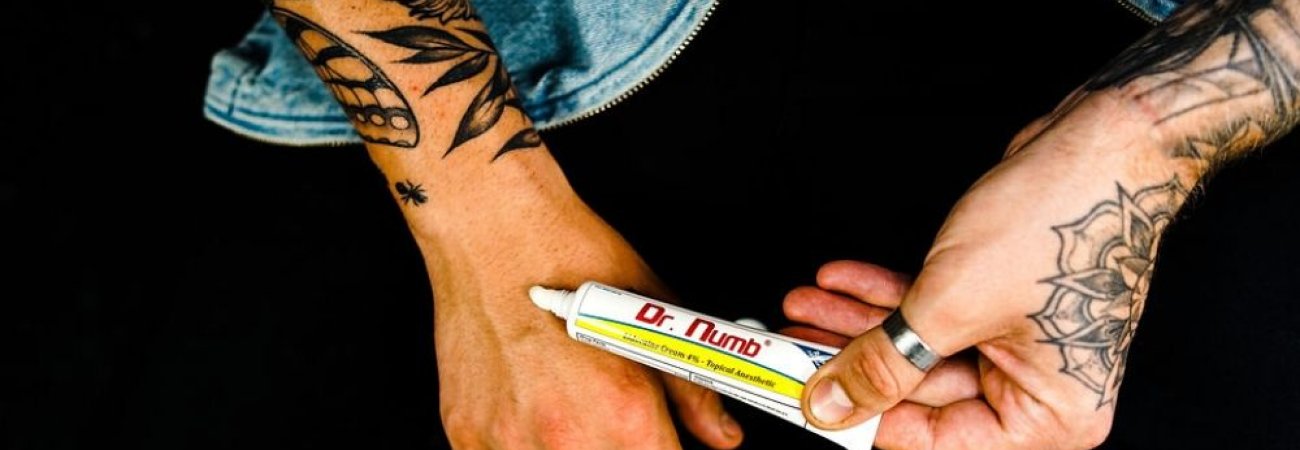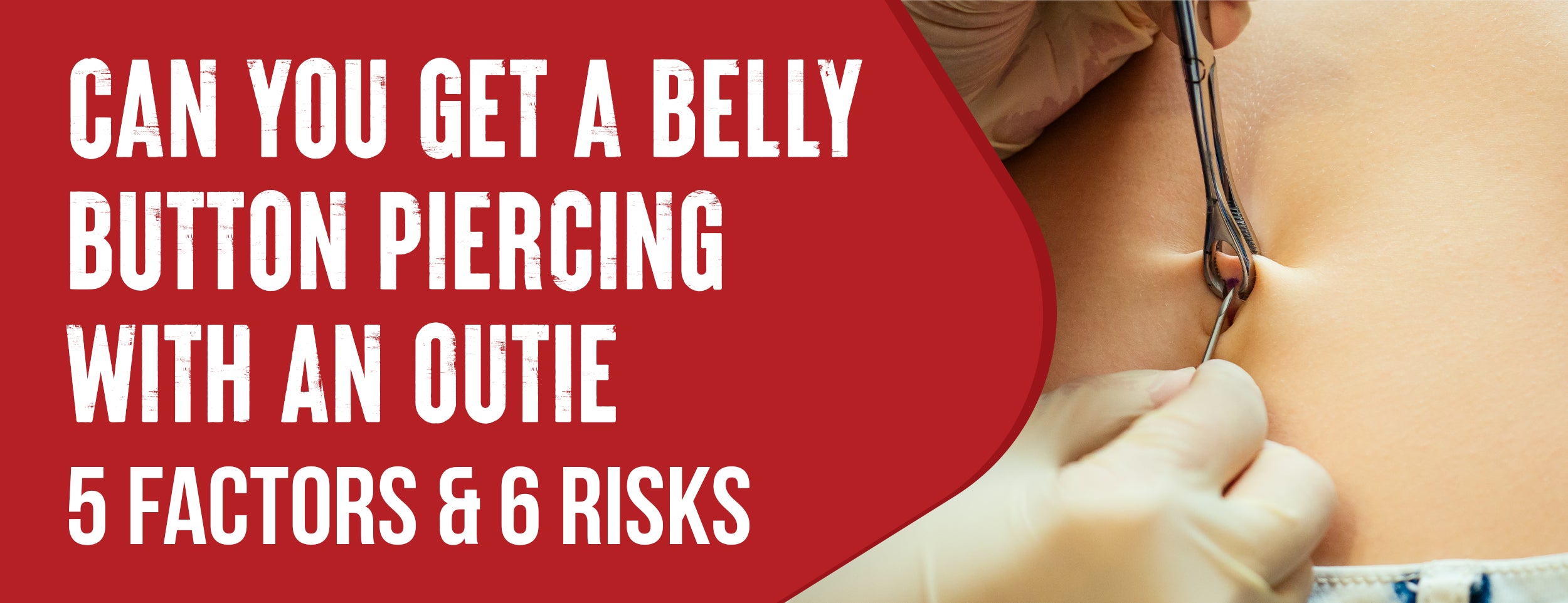Belly button piercings can be vulnerable to keloid scarring. The navel, ear, and nose are the areas that react the most.
Several studies have shown that skin infections, cysts, swelling, granuloma, bruises, keloids, hypertrophic scars, abscesses, contact dermatitis, and allergic reactions can occur because of piercings.
Yes, belly button piercings can leave a scar. When a body's belly button pierces closes, it often leaves a scar, which is more likely if the piercing isn't done professionally. It's not uncommon for a navel piercing to develop a scar during the healing process.
In this blog post, we will explain belly button piercing scars, ways to remove belly buttons, piercing scars, and tips for preventing belly button piercing scars.
Do Belly Button Piercings Scar: 3 Treatments

Before we dive into the different treatments, it's crucial to understand that removing belly button piercing scars is a gradual process. It requires patience and consistency.
Also, it's essential to remember that everyone's skin reacts differently to treatments, so what works for one person might not work for another. Here are some effective methods:
Topical Treatments
Topical treatments are non-invasive options you can try at home. These treatments involve applying certain substances directly onto the scar to help reduce its appearance. Here are several options:

- Raw Shea Butter: This natural moisturizer is known for its healing properties. Massage a pea-sized amount of raw shea butter onto the scar daily. With vitamins A and E, shea butter can help soften the scar and reduce its visibility.
- Tea Tree and Coconut Oil Mixture: Mix equal parts of the tea tree and coconut oil and gently rub the mixture onto the scar. Tea tree oil has anti-inflammatory properties, while coconut oil is a natural moisturizer. This combination can help reduce redness and soothe the scarred area.
- Pure Aloe Vera: Aloe vera can reduce scar visibility thanks to its healing properties. Put a dime-sized amount of aloe vera gel onto your scar daily for best results.
- Vitamin E Extract: Vitamin E is widely known for its ability to improve skin health. Rub a pea-sized amount of Vitamin E extract onto your scar daily to help reduce its appearance.
- Over-the-counter Scar Treatments: Many over-the-counter creams and ointments are specifically designed to help reduce scars. These often contain ingredients like onion extract or silicone, which have been shown to improve the appearance of scars.
Treating Hypertrophic Scars
Hypertrophic scars are raised scars that occur directly at the wound site. They can be more challenging to treat than other types of scars, but options remain:
- Surgical Tape Compress: Applying pressure to a hypertrophic scar can help flatten it. You can do this by compressing the fault with surgical tape. Leave the video on for as long as possible each day for the best results.
- Silicone Gel: Silicone gel effectively reduces the appearance of hypertrophic scars. Apply a pea-sized amount onto the spot daily.
- Chamomile Tea Compress: Chamomile has anti-inflammatory properties and can help soothe irritated skin. Make a chamomile tea compress by steeping chamomile tea in hot water, letting it cool, and then applying it to the scar.
Seeking Medical Treatment

If topical treatments and home remedies aren't yielding the desired results, consider professional medical treatment. Some potential options include:
- Cryotherapy: This treatment involves freezing the scar to reduce its size. Cryotherapy can cause side effects like pain and skin color changes, so it's important to discuss this option with a healthcare provider before proceeding.
- Corticosteroid Injection: A corticosteroid injection can help flatten the scar and reduce inflammation. This treatment is usually done in a series of injections over several months.
- Dermabrasion: Dermabrasion is a procedure that removes skin surface layers, reducing scars. This treatment can cause side effects like redness and swelling, so discussing this with your healthcare provider is essential.
- Surgical Removal: In extreme cases, surgical scar removal might be an option. However, this method comes with the risk of creating more prominent and more noticeable scars known as keloids. Consult your doctor before trying this option.
6 Prevention Tips for Belly Button Piercing Scars
Belly button piercings can be a great fashion statement, but they can also lead to scarring if not cared for properly. Here are seven essential tips to help you prevent belly button piercing scars.

Choose a Professional Piercer
Choosing a professional piercer is the first step in preventing belly button piercing scars. They have the experience and knowledge to perform the procedure correctly and safely.
- Look for someone who has been in business for a while and has excellent reviews.
- Make sure they use sterilized equipment.
- Check if they provide aftercare instructions.
Follow Aftercare Instructions
After getting your belly button pierced, following the aftercare instructions provided by your piercer is essential.
- Keep the area clean and dry.
- Don't swim in pools or hot tubs.
- To avoid irritation, wear loose clothing.
Avoid Frequent Jewelry Changes

While changing your belly button jewelry frequently might tempt you, it's best to avoid doing so until the piercing is fully healed.
- Changing the jewelry too often can irritate the piercing and delay the healing process.
- Stick with the initial jewelry until the piercing heals completely.
Be Mindful of Signs of Infection
Infections can lead to scarring, so it's essential to be mindful of any signs of infection.
- Look out for excessive swelling, redness, and pus.
- Get medical attention as soon as you notice any signs of infection.
Maintain a Healthy Lifestyle
You can affect the healing of your piercing.
- Maintain a balanced diet to make sure your body gets the nutrients to heal correctly.
- Avoid smoking and excessive drinking, which can slow down the healing process.

Be Patient
Healing takes time. Be patient and give your body the time it needs to heal the piercing properly.
- Take time with the healing process by changing the jewelry too soon or neglecting aftercare instructions.
Conclusion
Belly button piercings can be beautiful, fun, and a unique way to express yourself. They might, however, come with the unwanted souvenir of a scar.
You could respond differently to a piercing depending on how well you look after it, how skilled your piercer is, or even your general health. Patience, consistency, and proper methods are the key to treating belly button piercing scars.
Remember, what works for one may not work for another. Choose from at-home treatments and professional help based on your needs. With proper care and treatment, you can flaunt your belly button piercing confidently, free from the worry of unsightly scars.














